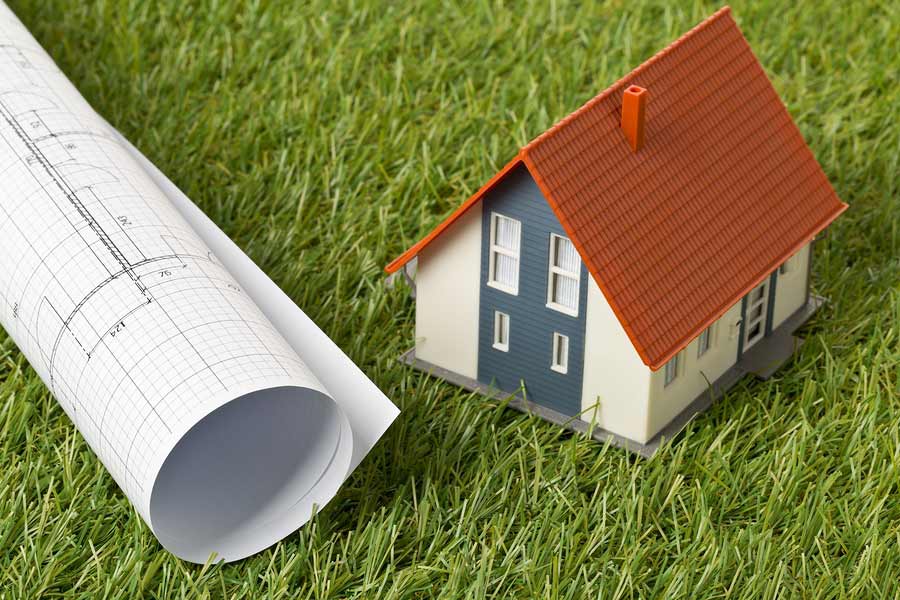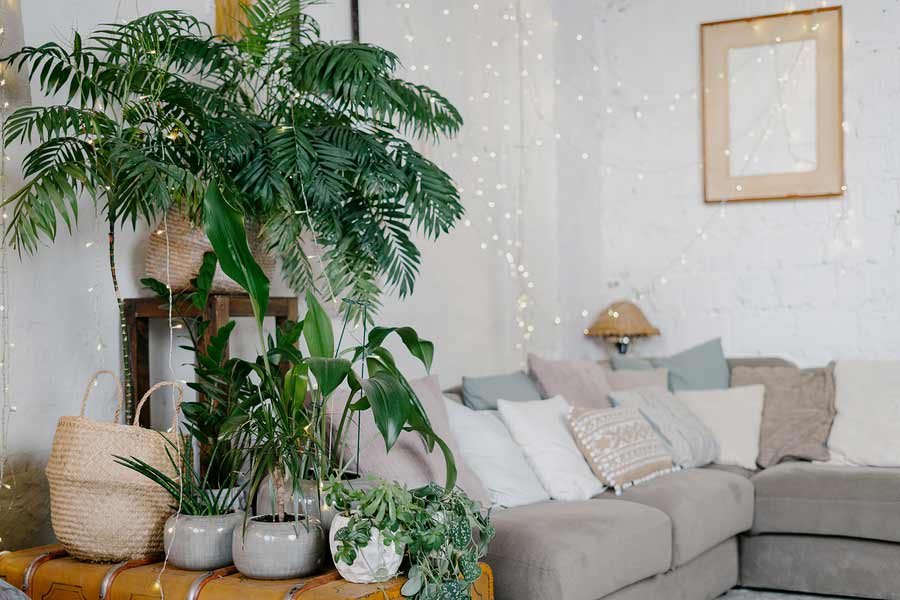The term ‘green building’ probably rings a bell, but few are familiar with the underlying philosophy. ‘Green buildings’ are designed and developed using environmentally-responsible techniques and sustainable materials. The green building movement was in the research phase during the 1960s and 1970s but truly gained momentum in the 1990s. Working on a green building means that the architectural design team and the contractor must ensure resource-efficiency, which includes energy as well as materials, throughout the building’s life-cycle. This means that from the site selection to the design, construction, operation phases – the principles of green architecture should be observed. Those who are part of the movement, architects and their clients, are committed to reducing their use of natural resources during a project. Not only that, but they also focus on minimising waste in their day-to-day operations.
Why We Need to “Go Green”

Surrounded by news of climate change, it is apparent that irreversible damage has already been made to the planet. Now is the time to conserve and protect our rapidly diminishing natural resources. A little known fact is that building construction is one of the main contributors to environmental pollution. In addition to air pollution, construction sites can also pollute groundwater and surface water with runoff water that consists of contaminants such as glues, diesel, paints, toxic chemicals, and cement. If this water pollution is unchecked, both domestic and wild animals may end up drinking the contaminated water. The runoff water can also contaminate the soil in and around the construction site.
Principles of Green Architecture

The green architecture concept is an effort to design structures that utilize the minimum amount of resources (energy, water, eco-friendly building materials, etc) without compromising on the building quality. Any architect in Pakistan committed to being environmentally responsible will be familiar with these ideas. Here are the seven key principles of green architecture:
1. Selection of a Suitable Site, Site Analysis, and Site Development
2. Energy Efficiency
3. Material Efficiency
4. Waste Reduction
5. Water Efficiency
6. Indoor Air Quality
7. Low Maintenance Costs
All seven of the principles focus on preservation as well as a significant reduction in the use of natural resources.
Designing Green Homes in Pakistan

Architects are now expected to bring forward their expertise and develop sustainable systems that fabricate environmental-friendly dwellings. For example, many European countries use energy-efficient systems such as the Environmental Assessment Method (BREEAM) and the German Green Building Association (GGBA) to monitor the construction and maintenance of green buildings. In Asia, Malaysia has introduced the Green Building Index (GBI) in order to promote the local construction industry’s use of green building technologies. Malaysia’s GBI is the first green building program where the environmental rating system is the standard. Homeowners in Pakistan are also becoming increasingly aware of the benefits of selecting an architect familiar with green building design. A residence designed and delivered to fulfil the requirements of green architecture will not only result in an environmentally-friendly building but also considerable energy savings.
It may have taken hundreds of years to dwindle the Earth’s resources, but time is no longer on our side. Prospective homeowners have the unique opportunity to opt for smart building designs that protect biodiversity, improve water and air quality, and limit the waste of natural resources.